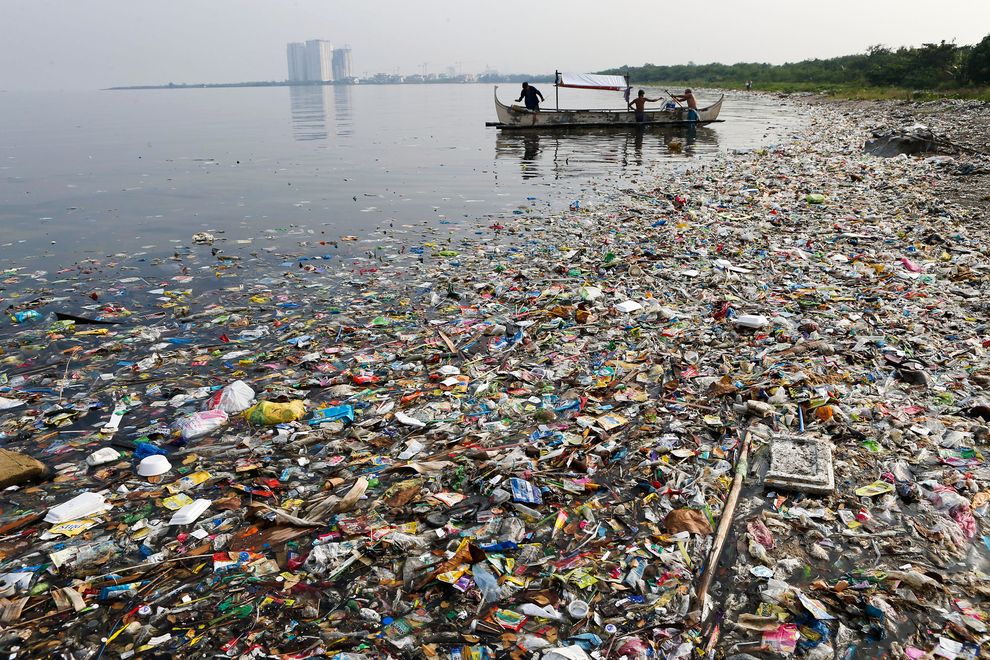Yesterday when I wrote about the dutch entrepreneur Boyan Slat’s Ocean Cleanup Project, I also mentioned that around 8 Million tons of plastic is dumped into Ocean every year. I just couldn’t take this out of mind. 8 Million tons every year. Every year. That is just too much to handle. BY 2025 it will be 155 million tons. I said to myself we will be eating plastic too through the food and upon further research, it wasn’t difficult to find.
This video ‘Are you eating plastic for dinner?’ talks about how we are eating toxic through the fish. I really feel so bad about marine life. Even though the video’s duration is around 4 min, it still manages to leave a strong impression on me regarding how can we make a difference. How can we reduce it? I am still figuring this out.
The new study also identifies the major sources of plastic debris and names the top 20 countries generating the greatest amount of ocean-bound trash. China is first. The United States is 20th. The rest of the list includes 11 other Asian countries, Turkey, five African countries, and Brazil.
I am amazed that India is not on the top list. The sea in the west coast and also on eat coast is so bad. The beach at Rimini looks like a Greek beach if I compare it to Indian beaches.
Even though the United States has a highly developed garbage collection system, it nevertheless made the top 20 for two reasons: It has a large, dense coastal population and, as a wealthy nation, is a large consumer of products.
team combined population and economic data from 192 coastal countries bordering the Atlantic, Pacific, and Indian Oceans in addition to the Black and Mediterranean Seas. They found that these countries created 275 million tons of garbage annually, of which 4.8 to 12.7 million tons of plastic flowed into the oceans. That’s only 2 to 5 percent of the total waste created in those countries.
The use of plastics for consumer products has become increasingly dominant, and production has steadily increased since the material was first put into wide use a half century ago. In 2012, for example, 288 million tons of plastic were manufactured globally.
Ocean plastic has turned up literally everywhere. It has been found in the deep sea and buried in Arctic ice. It has been ingested with dire consequences by some 700 species of marine wildlife.
You can read more about it here.



